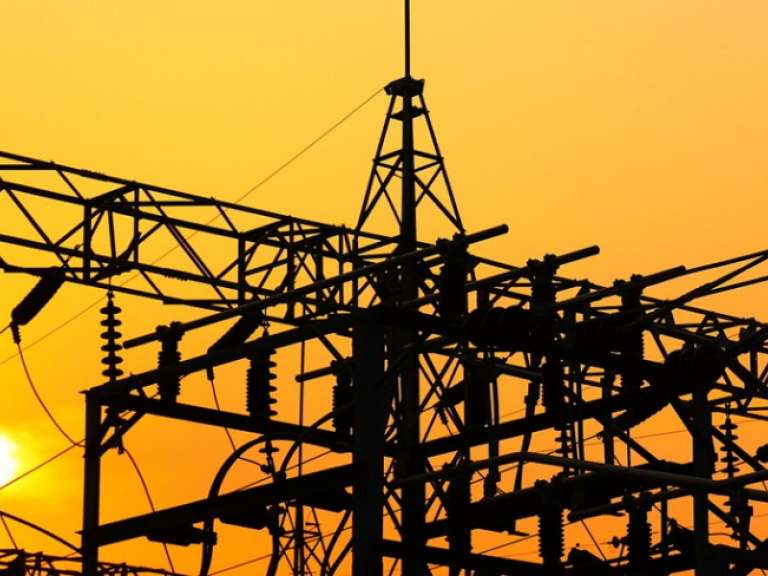Stakeholder Relationship Management Tools for 2017
Peter Kelly-DetwilerLearn how to approach stakeholder relationship management and adopt customer-centric tools and strategies to stay competitive this year.

As the power space has rapidly transformed in recent decades, stakeholder relationship management is taking on more significance. In many cases, it may no longer be enough to ensure that your power plant operates safely and reliably with properly managed maintenance breaks. The simple fact is that many customers want more than they used to.
Operators and fleet managers can add a lot more value to the typical power plant by better understanding the needs of their various customers and aligning their strategy with them. Here's a look at the steps plant managers can take toward strong stakeholder relationship management.
Align Operations to Changing Consumer Needs
Look at what the customer—whether ISO, power trader, or VP of generation—really wants and assess what that might be worth to them. This will vary significantly depending on what segments the generating plants are serving, as well as what the plants are being used for.
For example, in a situation where combined heat and power is the end product, there may be value in more frequently adjusting and improving the balance between steam and power, depending on the needs of the thermal load. In competitive industries, the main value-add might be the ability to extend run times or to increase output relative to nameplate capacity when power prices spike and spark spreads are high.
In another instance, industry changes might increase the value of ancillary services. It's important to be able to ramp up and down more frequently in that situation. The critical point here is that the desired outcome may be vastly different for different segments, or even within the same segment, over a relatively short period of time. Thus, flexibility is paramount.
The good news is that generating plants often have the ability to respond to these new requirements. For example, in a rugged, decades-old E-class turbine, the machine could run for a longer period with less downtime for outages. With newer F- or H-class machines, it might be entirely possible to more closely align outputs with valuable wholesale products in competitive industries.
Identify Your Plant's Strengths and Weaknesses
Evaluate what your plant (or fleet) is currently capable of, and identify the delta between where you are and where you want to be. In short, what improvements and changes are required to deliver enhanced services?
Often, the solution to this challenge is more about software than hardware. That's because, in many cases, the ability to change the plant's operating schedule already exists. However, there may be limited visibility into the physical operational risk that this entails. Or there might be a lack of clarity in the trade-offs between additional fuel costs and equipment deterioration. If that's the case, the risk–reward ratio may be unclear, and operators will rightly lean towards a more cautious approach, foregoing significant potential benefits for both the customer and the generator.
How do upgrades create millions of dollars of annual value? The addition of several hundred sensors that collect critical operating and performance data at the OT level is a good place to start. When the proper algorithms are applied to raw data, intelligence emerges and an operations "report card" can be created. This yields a clearer view of how the plant is operating, whether any potential failures appear imminent, and how hard (or in what modes) one can run the machines. The balance of the plant, such as the heat recovery steam generators and other critical equipment, must also be considered in the equation.
This intelligence can then be combined with critical external data, such as electricity prices, near-term weather predictions, fuel price, and power industry forecasts. These are the factors that often affect the customer and influence what they ultimately need from the plant.
A cost–benefit analysis of upgrading the plant, as well as any increased (or decreased) operating costs, must be considered when you approach stakeholders with a business case for change. One additional challenge here is to make the additional value provided by an upgrade abundantly clear to the customer and to be compensated for it. Otherwise, the upgrade investments are unlikely to occur. In many cases, this may require a change to the initial contract.
At the end of the day, the most fruitful and enduring stakeholder relationships involve vendors providing valuable solutions that customers want. Power plant upgrades hold significant potential to vastly improve such relationships. They have the power to evolve the conversation from one of potential uncertainty—especially around operations, performance, and risk— to a more informed, confident, and productive dialogue around specific trade-offs.
This customer-centric approach is where the industry is headed. As competition becomes more intense, big data becomes more prevalent, and customer requirements and opportunities emerge. The good news is that with new approaches and better tools, stakeholder relationship management has the potential to ascend to a whole new level.
Maintaining adequate and ongoing training for staff can boost employee retention, plug the skills gap, and improve overall health and safety. Here's how.
The effectiveness of the relationship between a power plant's traders and operational staff depends on a successful internal communication strategy.
Grooming the next generation of plant leaders means imparting not only operational expertise, but also business savvy to keep up with the changing industry.